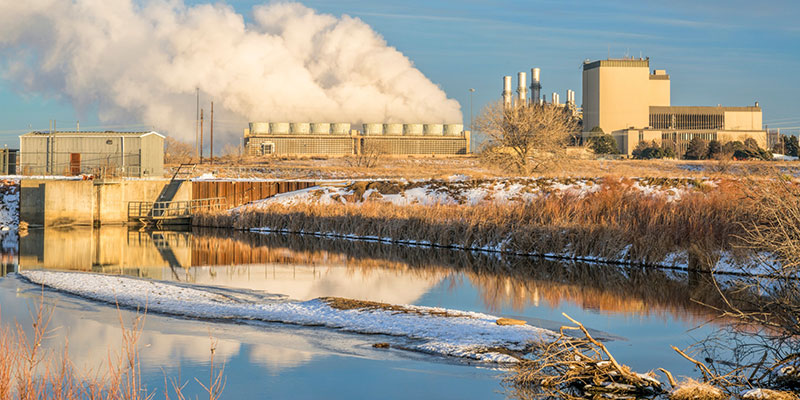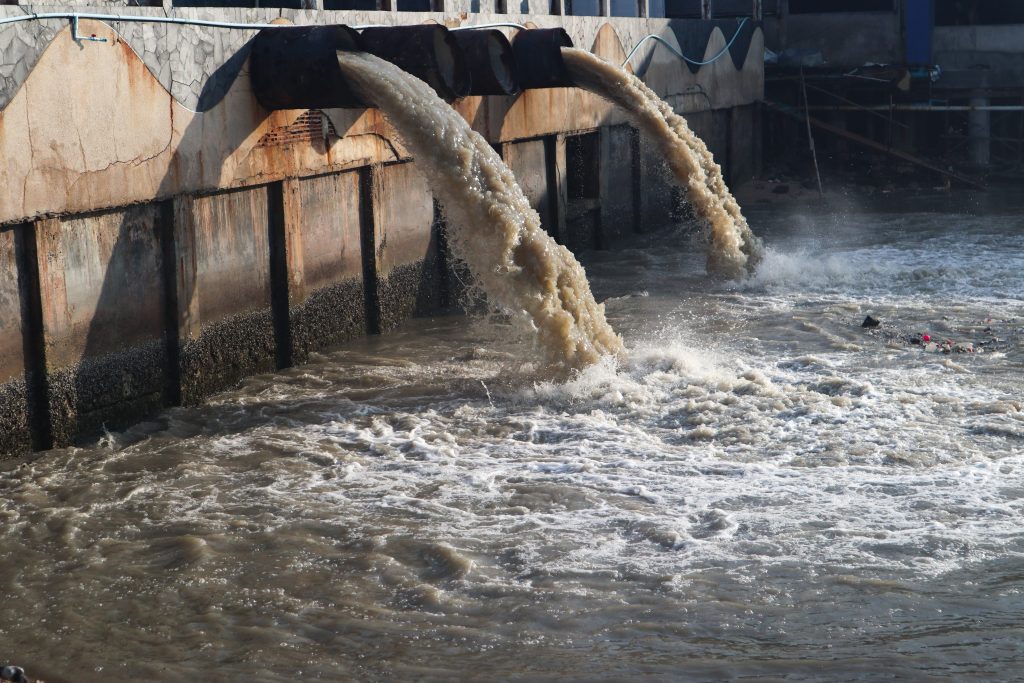Industrial Waste Water Treatment-- Eco-Friendly Solutions for Water Recycling
Industrial Waste Water Treatment-- Eco-Friendly Solutions for Water Recycling
Blog Article
Trick Techniques in Industrial Waste Water Therapy Procedures
The treatment of industrial wastewater is a critical facet of environmental management, involving a range of strategies developed to mitigate the impact of impurities. From the fundamental physical approaches that separate solids to the advanced chemical and biological procedures that target specific toxins, each method plays a vital duty in accomplishing water top quality requirements. Improvements in modern technologies such as membrane layer purification and progressed oxidation processes use innovative options for improving therapy effectiveness. Recognizing how these techniques adjoin and their effects for sustainability increases important concerns about the future of wastewater administration in industry.
Physical Treatment Methods
How efficiently can physical treatment techniques attend to the intricacies of commercial wastewater? Physical treatment approaches play a crucial duty in the initial phases of wastewater administration, focusing mainly on the removal of solids and big particulates. Strategies such as flotation protection, purification, and sedimentation are essential for decreasing the concentration of put on hold solids, thus enhancing the effectiveness of subsequent treatment processes.
Sedimentation entails the gravitational settling of solids, enabling for the splitting up of larger materials from the wastewater. This technique is specifically efficient in making clear water prior to chemical or organic treatments.
Furthermore, flotation techniques, which utilize air bubbles to raise suspended solids to the surface area for removal, are efficient in treating wastewater with high focus of fats, oils, and greases. Overall, physical therapy methods work as a vital very first step in the detailed management of industrial wastewater, making certain that the lots on subsequent treatment phases is reduced and enhancing overall therapy efficiency.
Chemical Treatment Methods
While physical treatment approaches prepared for effective wastewater monitoring, chemical treatment methods are vital for dealing with the extra intricate pollutants frequently located in industrial effluents. These methods utilize numerous chemical agents to speed up, neutralize, or oxidize dangerous materials, guaranteeing an extra complete removal of toxins.
One typical approach is coagulation and flocculation, where chemical coagulants such as light weight aluminum sulfate or ferric chloride are included to promote the gathering of put on hold particles. This procedure boosts solid-liquid separation, lowering turbidity and boosting water quality. Furthermore, neutralization procedures are employed to readjust the pH of wastewater, using bases or acids to neutralize acidic or alkaline streams, respectively.
Oxidation-reduction responses play an important role in degrading natural impurities and pathogens. Chemical oxidants like ozone, chlorine, or hydrogen peroxide are made use of to break down complicated natural substances, making them much less dangerous or more naturally degradable. Moreover, advanced oxidation procedures (AOPs) combine numerous oxidation strategies to improve pollutant removal performance.
Organic Therapy Procedures
The effectiveness of wastewater therapy is significantly enhanced by organic therapy processes, which harness the natural metabolic activities of microbes to decay raw material and remove contaminants. Industrial Waste Water Treatment. These processes mainly entail aerobic and anaerobic digestion, each customized for details types of wastewater
Aerobic treatment processes utilize oxygen to support microbial development, advertising the failure other of organic toxins into co2 and water. Typical techniques include triggered sludge systems, where oygenation containers facilitate the mixing of wastewater with microorganisms, and trickling filters, which encourage biofilm growth on media surfaces.
Conversely, anaerobic treatment processes occur in the lack of oxygen, utilizing anaerobic microorganisms to decay raw material, causing biogas manufacturing, a renewable resource source. Anaerobic digesters are typically employed in commercial setups for this purpose, efficiently decreasing the volume of sludge while creating useful biogas.
The option of an organic therapy method depends upon wastewater qualities, treatment goals, and regulative standards. The assimilation of biological processes in wastewater treatment not only enhances contaminant removal performance yet likewise advertises sustainability by minimizing chemical use and sustaining resource recuperation.
Advanced Oxidation Processes

Typical AOP methods consist of Fenton's reagent, ozonation, and photocatalysis. Fenton's reagent, a mix of hydrogen peroxide and ferrous iron, militarizes the formation of hydroxyl radicals, making it efficient for treating wastewater including phenolic compounds and various other recalcitrant compounds. Ozonation uses ozone as a powerful oxidant, capable of weakening a large range of natural toxins while at the same time disinfecting the effluent. Photocatalysis utilizes light-activated stimulants, such as titanium dioxide, to enhance oxidation reactions and remove impurities.
AOPs supply a number of advantages, including minimized sludge production and the capability to treat wastewater with high focus of organic toxins. Nonetheless, the application of AOPs needs careful consideration of operational parameters and cost-effectiveness, guaranteeing that these innovative techniques are appropriately integrated right into existing wastewater therapy systems.
Membrane Purification Technologies

Microfiltration is effective for eliminating suspended bacteria and solids, while ultrafiltration targets smaller sized organic particles and infections. Nanofiltration connects the void in between ultrafiltration and reverse osmosis, efficiently removing natural substances and divalent ions. Reverse osmosis supplies the highest possible degree of filtration, used largely for desalination and eliminating mono-valent ions.
Membrane layer modern technologies use visit here countless advantages, including low energy usage compared to conventional therapy methods, modular design for scalability, and the possibility for water healing and reuse. Difficulties such as membrane layer fouling and the need for regular upkeep should be addressed to make sure system effectiveness. On the whole, membrane layer filtering innovations represent a vital component of modern commercial wastewater treatment techniques, promoting sustainability and source preservation in Homepage water management.
Verdict
In conclusion, commercial wastewater treatment uses a varied selection of methods, consisting of physical, chemical, organic, and progressed techniques. Proceeded advancements in these techniques will certainly even more boost the efficiency and effectiveness of wastewater treatment processes in industrial setups.
The treatment of commercial wastewater is a critical aspect of environmental monitoring, including a range of strategies developed to minimize the influence of impurities.How effectively can physical therapy methods attend to the intricacies of industrial wastewater?Advanced oxidation procedures (AOPs) stand for a cutting-edge method in commercial wastewater treatment, developed to effectively break down organic contaminants that are typically immune to conventional therapy techniques (Industrial Waste Water Treatment).In conclusion, commercial wastewater therapy employs a varied array of techniques, including physical, chemical, biological, and advanced techniques. Continued advancements in these techniques will even more improve the efficiency and performance of wastewater therapy processes in industrial settings
Report this page